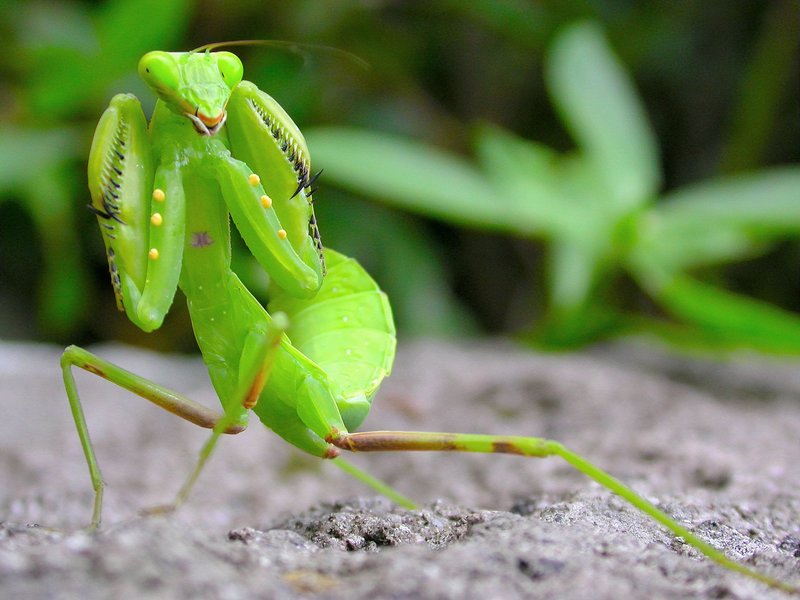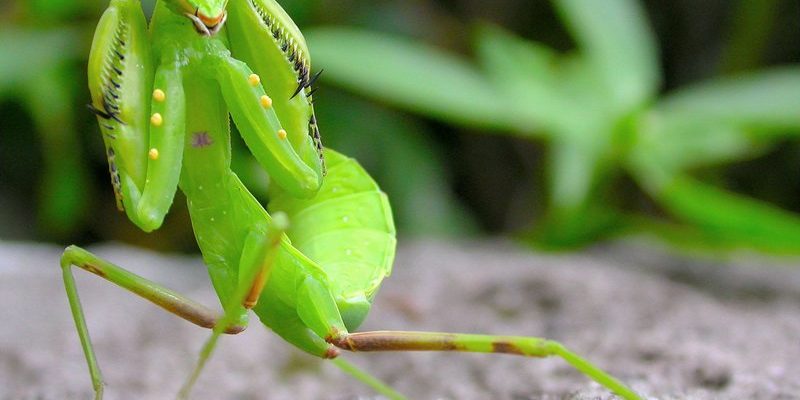
Let’s break it down. The praying mantis isn’t just a quirky addition to your backyard; it’s a skilled predator in the insect world. Most of its life revolves around hunting and eating various pests. But when it comes to humans, the narrative changes a bit. Understanding how they interact with us and our environment can help us separate fact from fiction about their potential dangers.
Understanding the Praying Mantis
The praying mantis is part of a group called Mantodea, which includes over 2,400 species worldwide. These insects are known for their unique posture, which resembles a person in prayer, hence the name “praying mantis.” They come in various shapes and colors, blending into their surroundings like little ninjas of nature. Some species can even grow up to 6 inches long!
They’re carnivorous, mostly feasting on insects like flies, moths, and even other mantises. One fascinating fact is that female mantises sometimes eat the male after mating. Yikes! It sounds brutal, but in their world, it’s a part of the circle of life. But does that make them dangerous to us?
Are Praying Mantises Dangerous to Humans?
Here’s the thing: praying mantises are not dangerous to humans. They have no venom and won’t attack unless they feel threatened. If you happen to get too close, they might raise their front legs in a defensive posture, but that’s more of a warning than a threat.
If a mantis does bite, it likely won’t break the skin; it’s more like a pinch than a dangerous attack. Most bites occur when someone provokes the mantis, like trying to handle it without caution. So, while they may seem intimidating, they’re actually quite harmless, especially if you admire them from a distance.
Common Myths About Praying Mantises
Many myths surround praying mantises, and it’s essential to clarify these. One common myth is that they can cause serious harm to humans. While you might hear tales of mantises attacking unsuspecting people, the reality is far less sensational.
They’re not going to jump at you like a spider or a wasp. Their primary instinct is to avoid larger animals, including us. Here’s another myth: some believe they can kill pets or livestock. In truth, most pets will ignore a mantis, and even if they do engage, it’s not a fight they’re going to lose.
Why Are Praying Mantises Beneficial?
Praying mantises play a significant role in your garden and ecosystem. They’re often considered natural pest controllers because they eat common garden pests. If you’re an avid gardener, a mantis can be your friend, keeping those pesky aphids and caterpillars at bay.
Additionally, they help maintain the balance in their environment by controlling insect populations. This predatory behavior brings harmony to the ecosystem. If you think of them as eco-warriors, you can see how vital they are to our gardens and landscapes.
How to Coexist With Praying Mantises
If you’re wondering how to live in harmony with these little creatures, here are a few tips:
- Observe from a distance: Enjoy watching them without getting too close. They’re fun to look at!
- Encourage their presence: If you have a garden, consider planting flowers and plants that attract them. They love having ample food sources.
- Avoid pesticides: Using chemicals can harm mantises along with their prey. Go for natural insect repellents or organic gardening techniques instead.
Coexisting with praying mantises is all about respecting their space. They bring beauty and balance to our outdoor spaces, so why not let them thrive?
Ultimately, praying mantises are more fascinating than frightening. They’re harmless to humans and play a crucial role in maintaining healthy ecosystems. Understanding these little predators helps us appreciate their place in nature and the benefits they bring to our gardens. So, if you spot one next time, remember—it’s not a menace; it’s just a tiny expert hunter going about its day. Enjoy their presence and let them do their thing!

